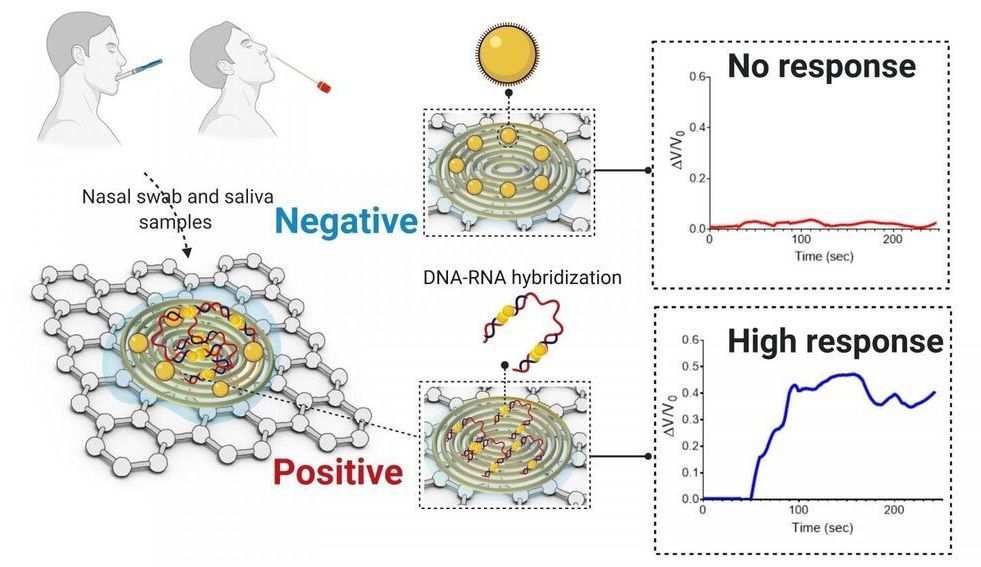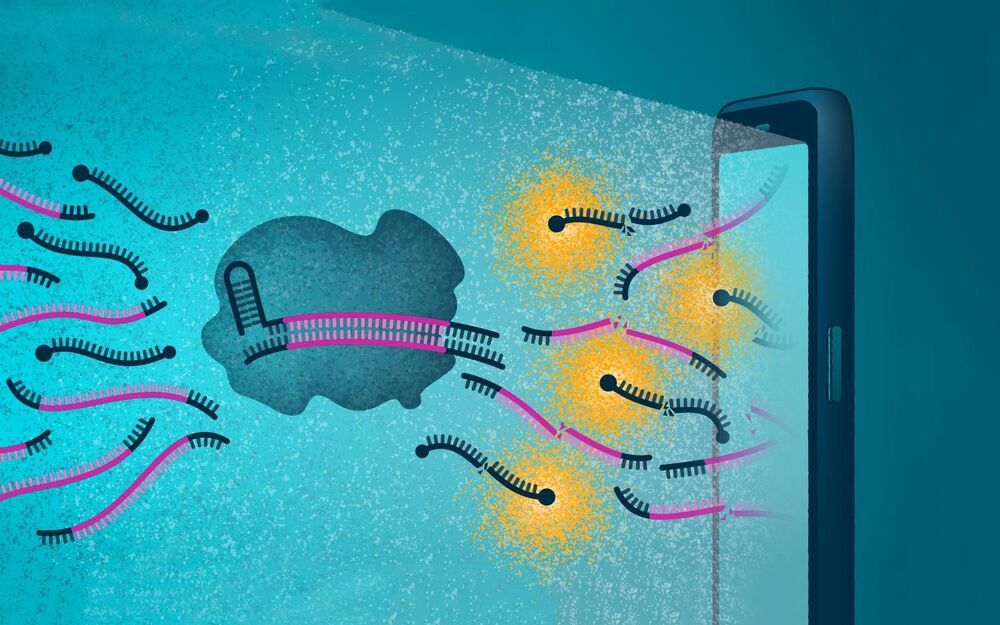Exciting momentum!! — Home Depot Founder, Bernie Marcus (age 91), and the Adolph Coors Foundation (beer family), putting millions of $$$ into comprehensive integrative health and wellness — Good to see the trend!!
The Marcus Institute of Integrative Health was established in Philadelphia in 2017 by Thomas Jefferson University and Jefferson Health, and a multi-million $$$ grant from the Marcus Foundation (headed by it’s Chairman, Bernie Marcus, Co-Founder of The Home Depot) to expand the research, education and clinical care profile of Jefferson’s integrative medicine program, and to set the international standard of excellence in evidence-based, patient-centered integrative care.
The institute features a novel curriculum focusing on the clinical applications of integrative medicine with an emphasis on functional biochemistry, nutrient-based therapies, mind-body neuroscience, novel mechanisms of healing and emerging therapies.
Dr. Daniel Monti, MD, MBA is the Founding Director and Chief Executive Officer of the Marcus Institute of Integrative Health — Jefferson Health. He is also Professor and Founding Chair of the historic, first-ever Department of Integrative Medicine and Nutritional Sciences, Sidney Kimmel Medical College, Thomas Jefferson University.
Dr. Monti received his MD from The State University of New York at Buffalo School of Medicine. His Postdoctoral work was in the Research Scholars Program, Department of Psychiatry and Human Behavior, at Jefferson Medical College.







